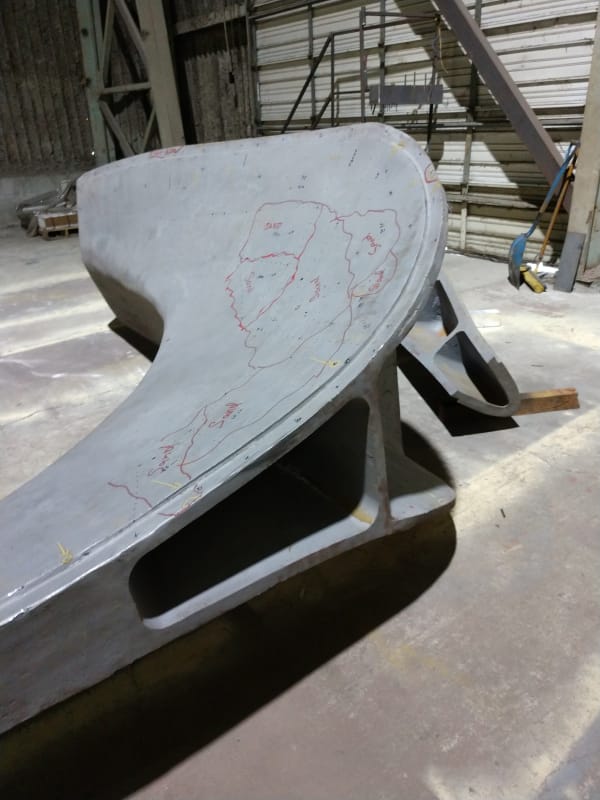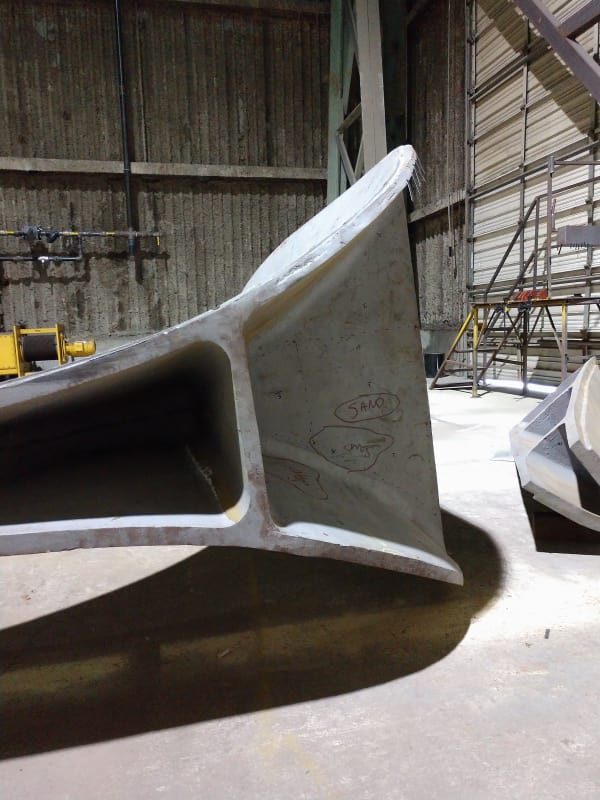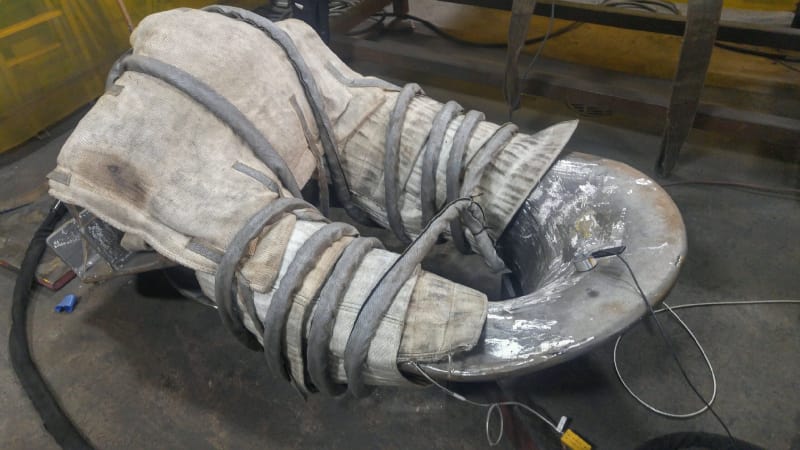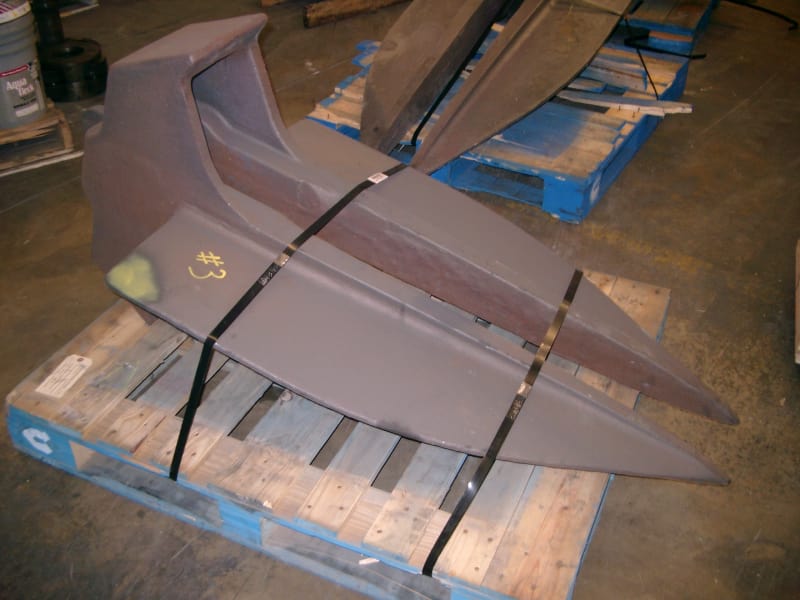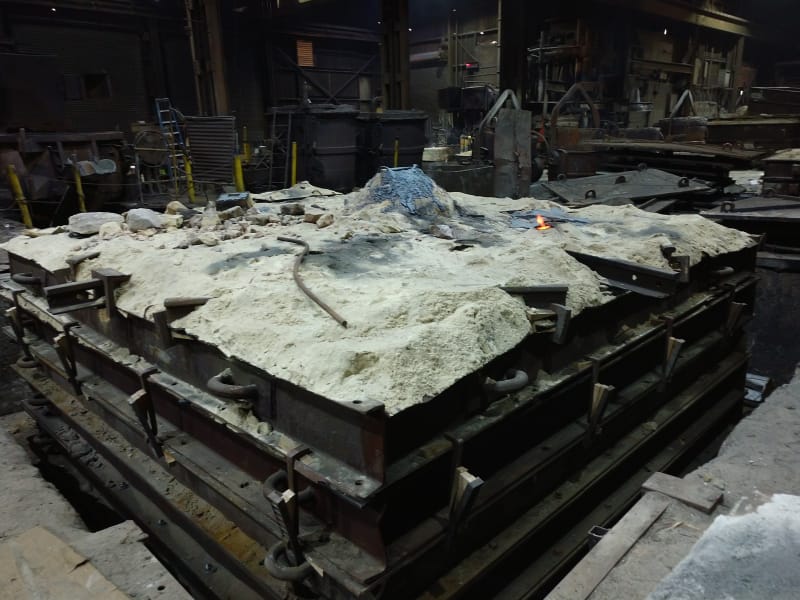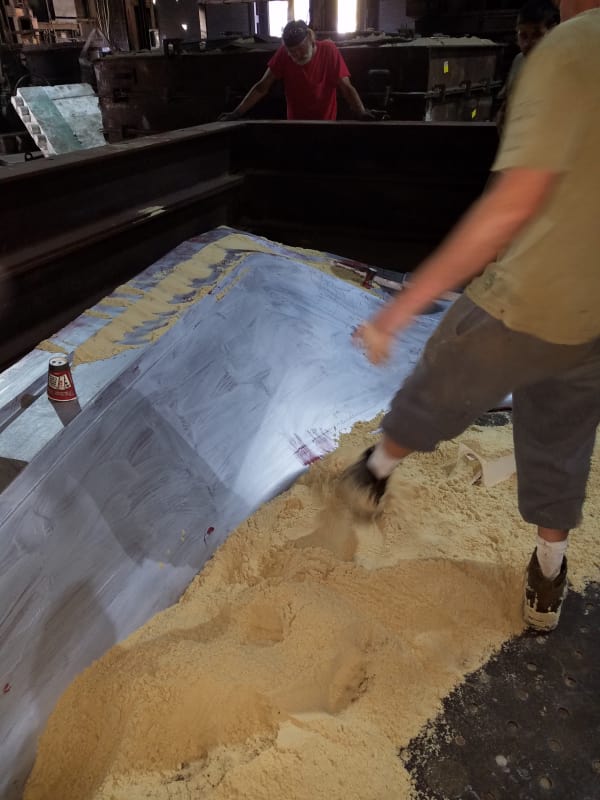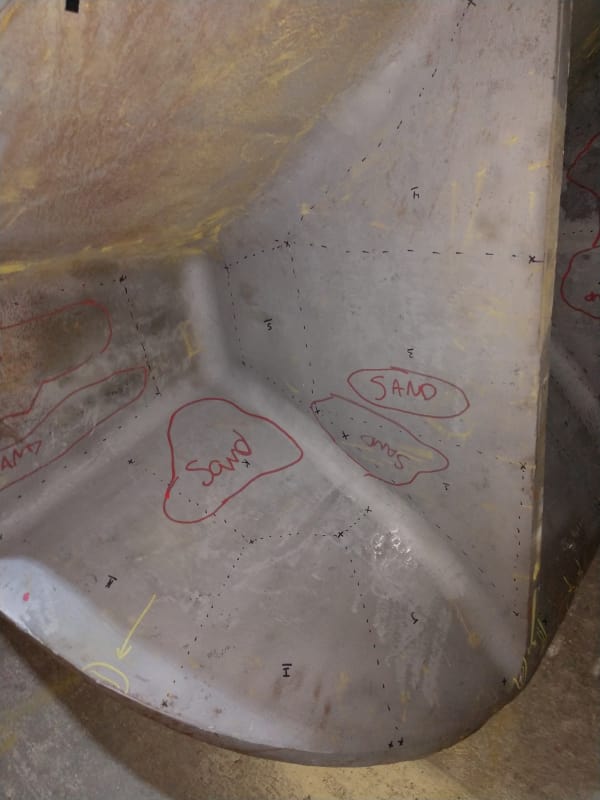DAVIDSTECKER
Mechanical
We have a Miller Pro heat 35 with the liquid cooling for PWHT and so far we love it.
Most of the time we can warp the induction cable around the part even if it's not a true pipe or can wrap it in a flat coil as long as it is on a horizontal surface or we can drape it over the part.
We are getting into projects where we may need to a place flat coil on a vertical surface or ID of a large horizontal tube at the 9; 12; and 3 O'clock positions for spot pre and post weld heating.
I have been searching the internet for photos and videos of induction heaters in use but it seems that 99.9% of them are of welding pipe; a few fixtured flat panels but nothing really out of position; 2D or 3D.
I recently confirmed that aluminum and stainless steel are not effected by the induction field so that has opened quite a few possibilities.
Does anyone know where I can find more examples of fixturing coils or users groups or can share their own experiences?
My current work is gong to involve PWHT to 1,100 deg F although I believe our unit is capable of 1,450.
Thank you in advance.
Best regards, David
Most of the time we can warp the induction cable around the part even if it's not a true pipe or can wrap it in a flat coil as long as it is on a horizontal surface or we can drape it over the part.
We are getting into projects where we may need to a place flat coil on a vertical surface or ID of a large horizontal tube at the 9; 12; and 3 O'clock positions for spot pre and post weld heating.
I have been searching the internet for photos and videos of induction heaters in use but it seems that 99.9% of them are of welding pipe; a few fixtured flat panels but nothing really out of position; 2D or 3D.
I recently confirmed that aluminum and stainless steel are not effected by the induction field so that has opened quite a few possibilities.
Does anyone know where I can find more examples of fixturing coils or users groups or can share their own experiences?
My current work is gong to involve PWHT to 1,100 deg F although I believe our unit is capable of 1,450.
Thank you in advance.
Best regards, David

